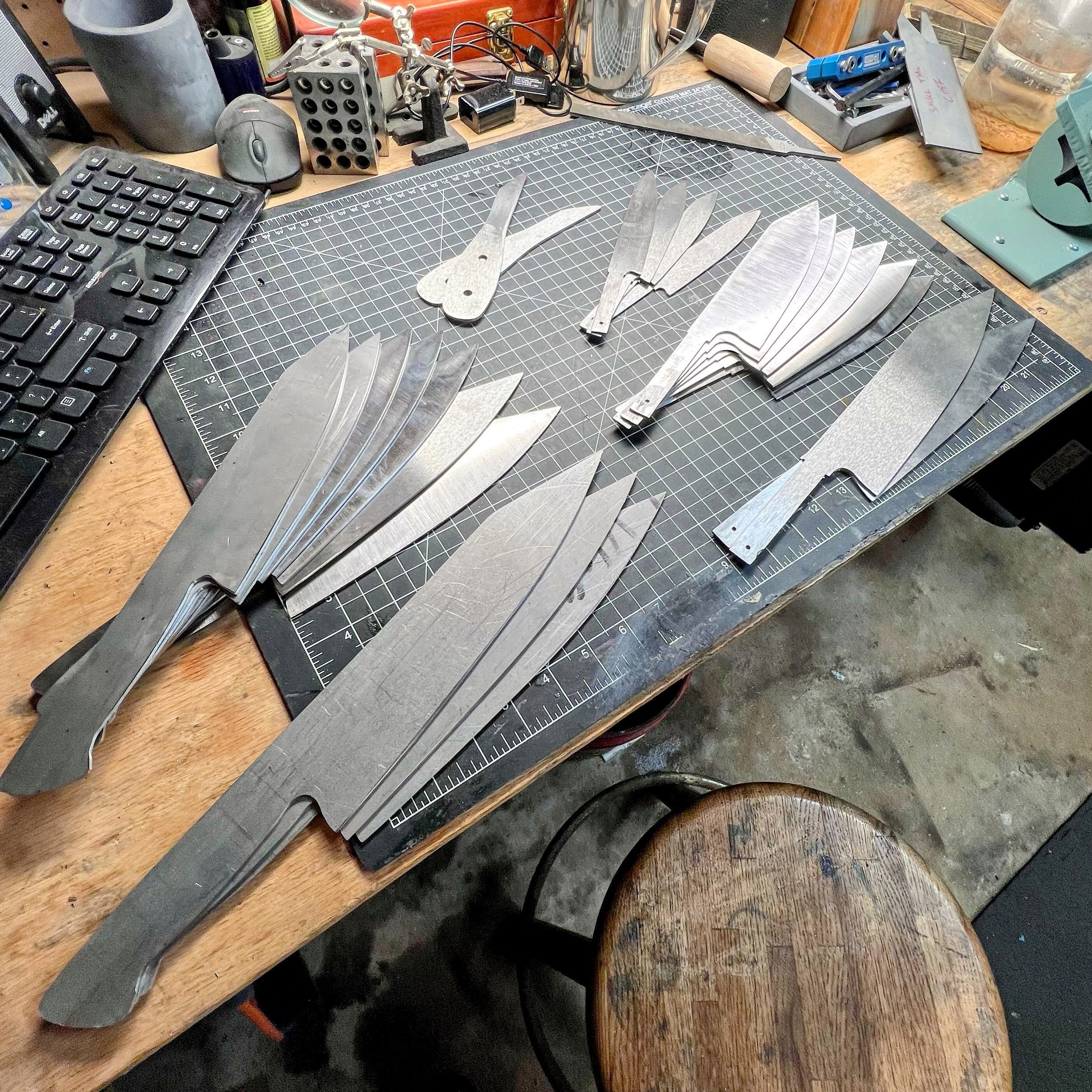Technically speaking, the main difference between carbon steel and stainless steel are their individual alloying elements. At the most basic, steel is made by mixing carbon and iron at very high temperatures. In addition to mixing carbon and iron together, metallurgists throughout time have experimented adding other elements that provide unique improvements to the alloys they were creating.
There are thousands of types of steel alloys, created for many different purposes. Typically, carbon steel has less than 10.5% chromium content, while stainless steel is equal to or greater than 10.5% chromium content. Chromium, when added to carbon and iron, creates an alloy that resists rust from developing when exposed to oxygen in air and water. However, the chromium carbides that form within the steel make it more difficult to adequately sharpen a knife.
If a steel alloy does not have enough of a certain type of element to avoid rust, like chromium, there are a few techniques to avoid air and water from reaching the alloy’s surface. Painting, oiling, greasing, and plating the alloy with a protective coating can help mitigate the negative effects that rust can have on a knife.
This is why it is important to ensure that carbon steel knives are dried completely after use, and if meant to be kept in storage, should be coated in a light layer of food-safe mineral oil.

